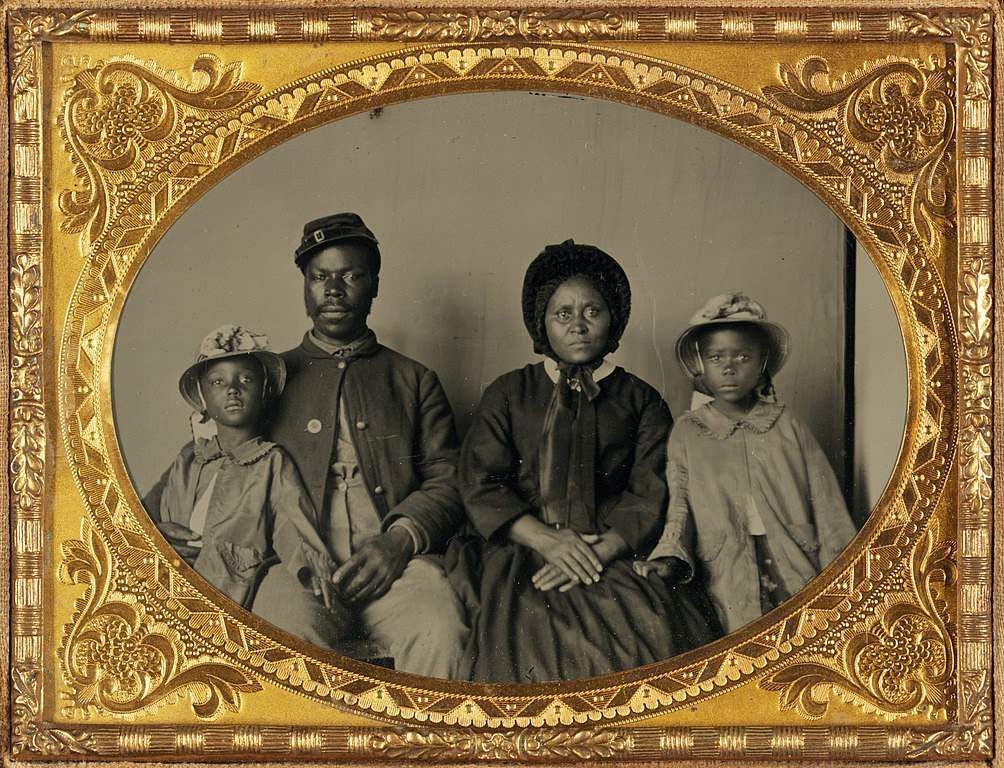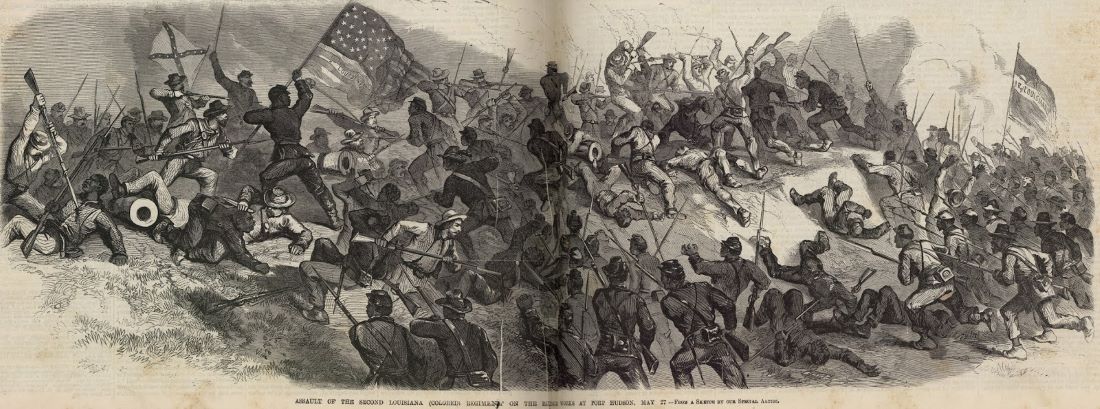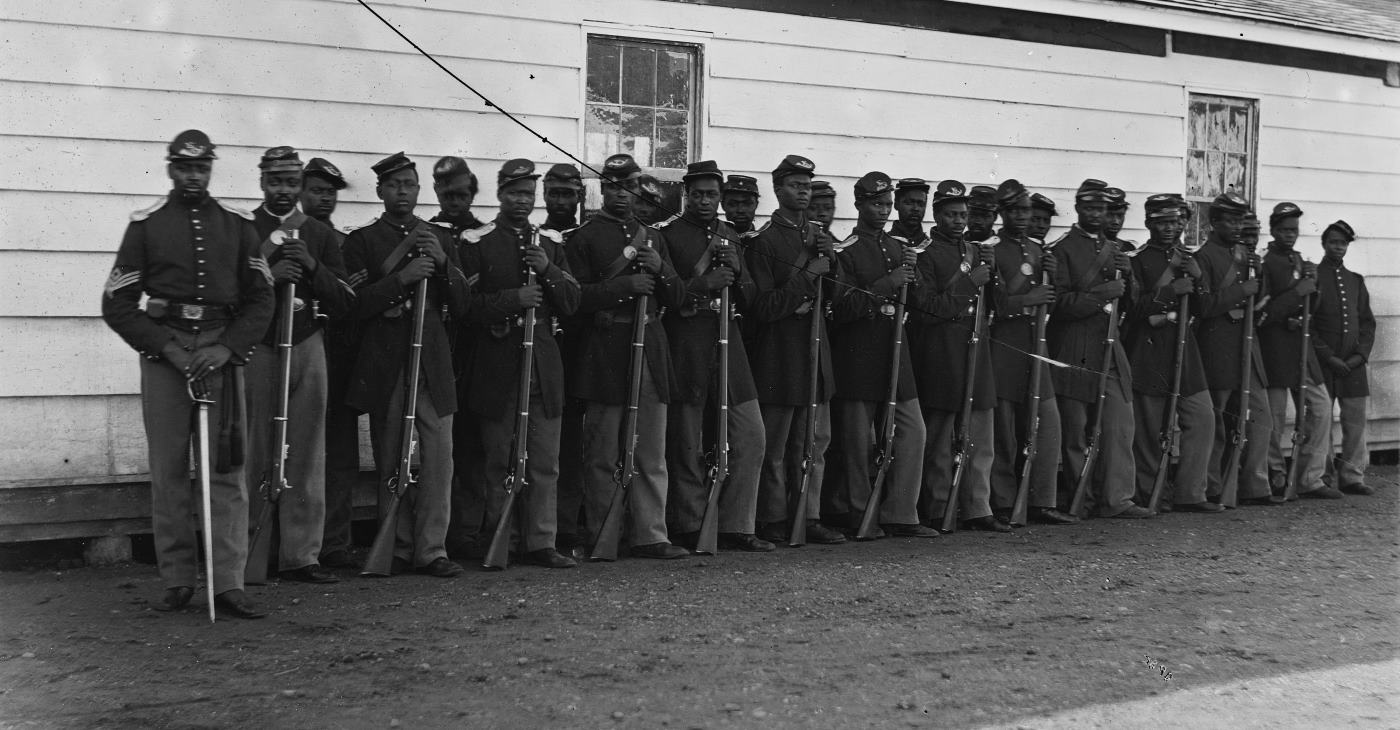USCT stands for the United States Colored Troops, a branch of the federal armed forces during the American Civil War that was specifically comprised of African-American soldiers. These troops played a crucial role in the fight for the Union and in the larger struggle for freedom and equality. Approximately 180,000 colored Americans served in the units of the USCT, showcasing their determination and bravery in the face of immense adversity. Tragically, of those who enlisted, about one in every five would die either in combat or from diseases that plagued the army camps. The contributions and sacrifices of the USCT were vital in shaping the outcome of the Civil War and America’s subsequent journey toward racial equality.
Formation of the USCT
The Civil War, which began primarily as a struggle over states’ rights and the preservation of the Union, evolved into a battle for freedom and equality, especially for the African Americans enslaved in the South. In the early years of the war, there was resistance to allowing African Americans to serve in the Union Army, rooted in racial prejudices and fears that arming black men could lead to revolts in both the North and South. However, as casualties mounted and the need for additional troops became more pressing, perspectives began to shift.

By 1862, the confiscation acts were passed by Congress, allowing the seizure of property, including enslaved people, from those supporting the Confederacy. This led to the recruitment of African Americans, primarily in the South, as soldiers. The watershed moment came with the Emancipation Proclamation issued by President Abraham Lincoln on January 1, 1863, which not only declared the freedom of all enslaved individuals in Confederate-held territory but also permitted their enlistment in the Union Army. This formalized the creation of the USCT. The significance of this move was aptly captured by the abolitionist Frederick Douglass when he proclaimed,
“Once let the Black man get … a musket on his shoulder … there is no power on Earth that can deny he has earned the right to citizenship,”
on April 6, 1863.
This declaration emphasized the belief that military service was a pathway to citizenship and equality for African Americans.
The Experience of the USCT Units
Once the USCT was officially formed, the soldiers, driven by a desire for freedom and equality, faced a multitude of challenges both on and off the battlefield. One of the most blatant injustices was the disparity in pay. While white soldiers received $13 per month with a $3.50 clothing allowance, African American soldiers were initially paid just $10 per month, out of which $3 was deducted for clothing, leaving them with a mere $7. This significant pay gap, rooted in racial discrimination, was a stark reminder of the inequality they faced, even when risking their lives for the Union. It wasn’t until June 1864 that Congress granted equal pay to the USCT, retroactively to their enlistment date.
Furthermore, racial prejudices persisted in the ranks, with African-American soldiers being barred from rising to officer positions. Despite their competence and bravery, they were primarily led by white officers, further entrenching the racial hierarchies of the era. Only a few exceptions existed, where black soldiers could attain the rank of chaplain or surgeon, but these were rare.

However, amidst these adversities, symbols of pride and resistance emerged. Every regiment, typically comprising around 1,000 soldiers, was equipped with its distinct flag. On many of these banners, a powerful message was emblazoned:
“RATHER DIE FREEMEN THAN LIVE TO BE SLAVES.”
This profound statement encapsulated the spirit and determination of these troops. More than just a motto, it resonated with the broader African-American experience – a longing for liberty, dignity, and recognition. The message declared that for these men, the ideals of freedom and self-determination were worth more than life itself, directly confronting the institution of slavery and its dehumanizing effects.
This poignant declaration on the regimental flags served as a daily reminder of the larger mission: not only to preserve the Union but to ensure that the nation that emerged from the conflict recognized and honored the rights and humanity of all its citizens, regardless of color.
Notable USCT Regiments and Their Exploits
54th Massachusetts Regiment
One of the most renowned USCT regiments is the 54th Massachusetts, led by Colonel Robert Gould Shaw. Their valor and determination were brought to the forefront during the assault on Fort Wagner in July 1863. Despite facing heavy Confederate fire and insurmountable odds, the regiment charged forward, with many soldiers reaching the fort’s parapet. Although they did not succeed in capturing the fort, their undying spirit and bravery during the battle earned them widespread recognition and respect. Their sacrifices were immortalized in the 1989 film “Glory,” bringing their story to a broader audience.

1st South Carolina Volunteers (later the 33rd USCT)
The 1st South Carolina Volunteers holds the distinction of being the first officially sanctioned African-American regiment in the Civil War. Initially formed in 1862, they played an instrumental role in behind-the-enemy-line operations, liberating enslaved individuals and disrupting Confederate logistics. Their engagements, especially along the Georgia and South Carolina coasts, displayed their dedication to the Union’s cause and the abolition of slavery.
29th Connecticut Infantry
The 29th Connecticut Infantry is another USCT regiment that showcased exemplary dedication during the war. After their formation in early 1864, they were dispatched to the front lines and took part in significant battles, such as the Siege of Petersburg. They demonstrated resilience and bravery, not only in combat but also in enduring the hardships of prolonged sieges and trench warfare.
2nd Louisiana Regiment Native Guard
The 2nd Louisiana Native Guard stands out for its unique origin. Originally formed by the Confederacy using free men of color in New Orleans, it later became one of the first African-American units to fight for the Union. Despite facing skepticism and prejudice from some white Union troops, they proved their mettle in various engagements, upholding their commitment to the cause of freedom and the Union.

Together, these regiments and many others within the USCT exemplified the courage, tenacity, and dedication of African-American soldiers during the Civil War. Their contributions were pivotal in shaping the course of the war and, subsequently, the future of the nation.
Historical Challenge: Can You Conquer the Past?
Answer more than 18 questions correctly, and you will win a copy of History Chronicles Magazine Vol 1! Take our interactive history quiz now and put your knowledge to the test!

